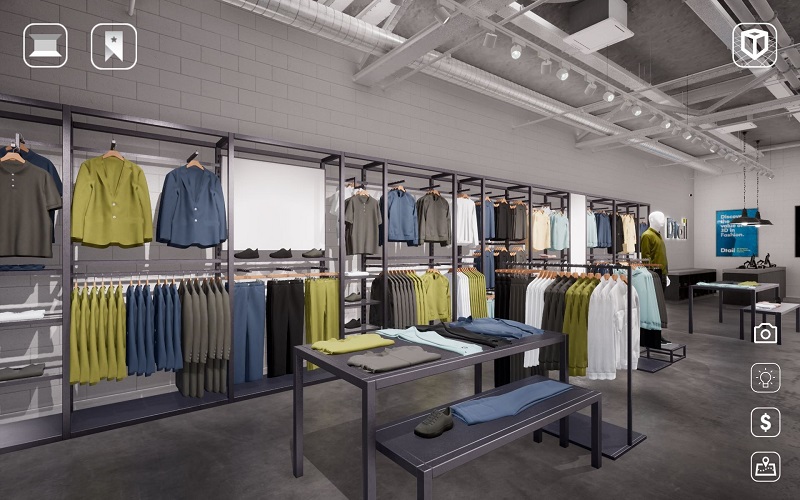How Robotics in Logistics Helps Supply Chain Efficiency?

The global logistics robots market is expected to reach USD 18.58 Billion by 2026, according to a new report by Reports and Data. Logistics robots are used to automate the process of storage and movement of goods as they pass through the supply chain. Logistics robots are often used in warehouses and storage facilities to organize and transport products, but they may be deployed in applications as well. Logistics robots provide much higher levels of uptime over manual labor, resulting in significant productivity gains and profitability for enterprises deploying logistics robots. In March 2018, Waymo, a self-driving technology development firm, launched a pilot program emphasizing on self-driving trucks and automated logistics.
Increasing emphasis on end-to-end automation for operational efficiency and issues pertaining to labor availability is estimated to stimulate market demand. Increasing necessity for more workers to handle logistics operations is driving the growth of e-commerce industries and the requirement for more package shipments. Also, a reduction in the size of the available workforce owing to shrinking population levels in the western countries is directly affecting the need for logistics workforce as online retail normally needs more workers per item sold as compared to traditional brick-and-mortar retail. Moreover, the increase in the average weight of such shipments as consumers are ordering large items like white goods, building supplies, and furniture, among other products, is necessitating the demand for robots. In Alibaba warehouses, robots perform 70% of the work, and in Ocado’s facilities in the UK, robots can be observed navigating a futuristic giant chessboard grid, storing and retrieving grocery items.
Industry 4.0 has started to appear as a major driving factor shaping the future of the worldwide supply chain and is expected to drive the market for logistics robots. Use of technologies such as advanced robotics and AI; sophisticated sensors; big data analytics; high powered mobile devices; and algorithms to direct motor vehicles (navigation tools, autonomous vehicles, and last-mile delivery services), among others are permitting advanced interoperability across enterprises, countries, collaborators, and competitors. The emergence of industry 4.0 utilizes interconnectivity of machines and its processing. It also enables autonomous production methods powered by the Internet of Things (IoT).
Additionally, a rise in the employment cost and wages, increasing focus on safety at workplace, and increasing demand for faster and error-free order fulfillment, among others are anticipated to propel the market growth in the forecast period.
Request Sample of this report: https://www.reportsanddata.com/sample-enquiry-form/386
Further key findings from the report suggest
- Autonomous mobile robots are expected to witness significant growth rate in the forecast period as they do not rely on rigid, preset routes and instead of following magnetic strips or wires, these robots depend on an array of sophisticated onboard sensors, computers, and maps, which enable them to understand and interpret the environment. This provides greater flexibility to create routes between locations within a warehouse or facility, recognizing and avoiding obstacles and rerouting when necessary.
- Logistics robots in indoor areas such as warehouses held a major share of the market in 2018 and is projected to maintain its dominance in the forecast period at a rate of 20.5% as these robots are used in a multitude of indoor application leading increased productivity and profitability.
- By end-users, the retail industry contributed to the largest market share in 2018 owing to the rapid growth of e-commerce industry across the globe.
- The market in the Asia Pacific region dominated the market in 2018 and is expected to grow at a rate of 21.7% in the forecast period. The dominance of Asia Pacific may be attributed to the growth of end-users, especially the e-commerce industry in the region.
Key participants include ASIC Robotics AG, Clearpath Robotics Inc., Fetch Robotics Ink, Omron Adept Technologies Inc., Savioke, BA Robotic Systems Group, KION Group, media, Bastian Solutions Inc., and Amazon Robotics, among others.









